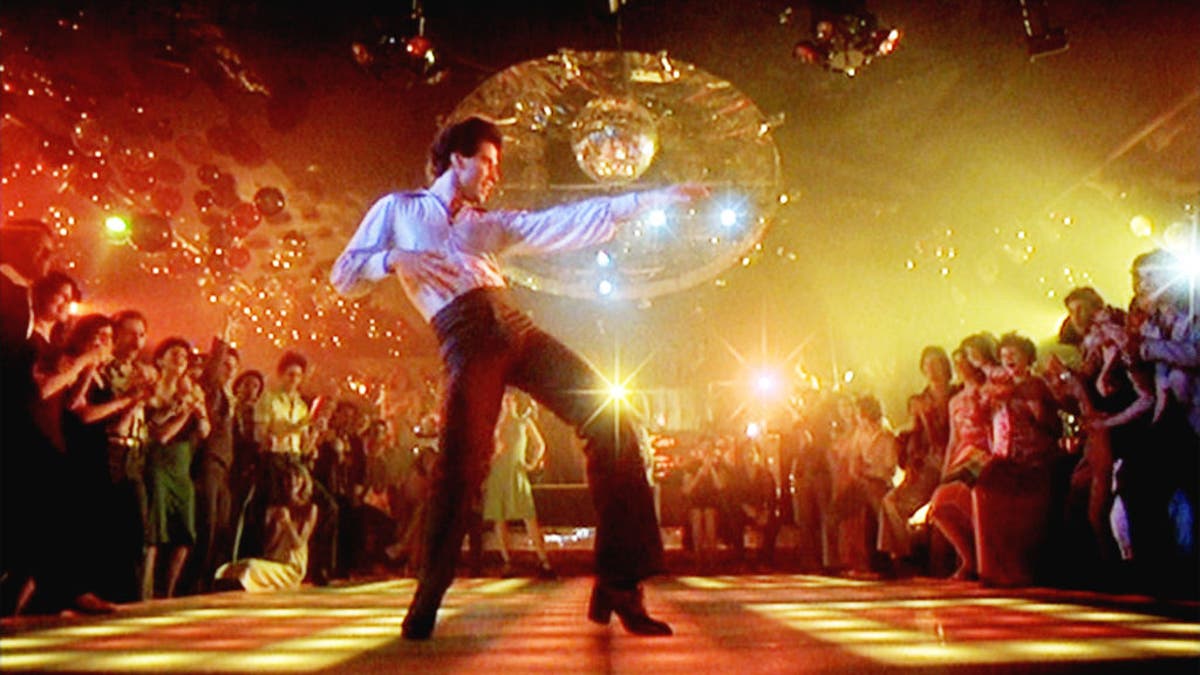Pat Boone blasts Hollywood for glorifying criminals in movies and TV shows
Pat Boone slammed the entertainment industry for making movies and TV shows that he said promote immorality and normalize criminal behavior. He said that viewers are being encouraged to root for the bad guys.
A PG movie may not exactly be safe for your kids, film reviewing parents are warning, saying the current movie ratings system is often "random" and too closely tied to budgets.
Today's movies are given one of five designations - G, PG, PG-13, R, or NC-17, determined by The Motion Picture Association of America's Classification and Rating Administration. The CARA rating board is overseen by a chairperson, a vice-chair, and several senior raters. In addition, a group of nine parents from diverse backgrounds (big cities, small towns, different ethnicities, different regions of the United States, etc.) with no connection to the film industry are chosen to represent the average American parent on the CARA rating board, the MPAA explains.
Some parent groups who have closely followed movie ratings trends, however, have questioned the accuracy of the board's ratings over the years.
"They fluctuate randomly," Lori Pearson, who helped found the website Kids in Mind, told Fox News Digital. "It's really interesting to watch because it's so connected with the film industry and there's little way to divorce it from the film industry. So they're trying to help the filmmakers, they're trying to help the movie theaters make ends meet, make their money back so that the Golden ticket is a PG-13 rating."

Empty Theater. (iStock)
"So if a director comes in with a film that the MPAA might initially rate as R, but they really want a PG-13 rating, they're given the opportunity to make an edit, cut out an F-word, make it mumbled. So as far as accuracy, it's a real gamble," she added.
Kids in Mind takes issue with the MPAA for rating so many movies PG-13 because, they mused, they’re easier to market. A lot of those films, the group argues, should really be R, which means any viewers under the age of 17 aren't permitted to attend without an adult.
"Hence, in order to accommodate the marketing demands of studios and theaters, the MPAA has been slowly but surely changing its criteria so that a PG-13 movie today contains far more violence, sexual content and profanity than a few years ago (for example, it used to be that one F-word would garner a film an R rating; now it takes 3 or more F-words)," the group warns on its website.
Pearson said she's noticed an alarming trend regarding PG-13-rated content itself.
"Since the early 2000s, they have become more lenient about language," she said. "So you'll see a PG-13 rating on a movie that has, for example, I think they have one… that has nine F-words… If they're not enunciated then they can still get away with a PG-13 rating. So, it's sort of... I feel like it's a ruse."
MODEL EMILY RATAJKOWSKI REVEALS WHY SHE QUIT HOLLYWOOD: ‘I FELT LIKE A PIECE OF MEAT’
In a recent press release, however, the MPAA presented findings showing that most parents believe the ratings system is fair. Eight-four percent believe the ratings are accurate, and 86% find the rating descriptors accurate, CARA’s survey of American parents’ views on movie ratings found. PSB surveyed 1,500 parents of children aged 5-16, where both parent and child have watched a movie within the last six months.
"For 55 years, American parents have trusted our film rating system to provide them with advance information that helps them decide what movies are appropriate for their children," Charles Rivkin, Chairman and CEO of the MPA, said in a statement. "With the post-pandemic resurgence of moviegoing, combined with the dramatic growth in streaming, there are more movie choices today than ever before. Our ratings have never been more important, and as this study shows, we’re continuing to get it right."
Betsy Bozdech is the Editorial Director and Head of Ratings & Reviews for Common Sense Media, an alternative to MPAA ratings. She called the MPAA "a really good starting point," but feels her outlet offers "a lot more information" with their ratings guide, including specific swear words used, to specific acts of violence, to positive diversity representation.

HOLLYWOOD, CA - FEBRUARY 22: Jennifer Aniston and Adam Sandler attends the Jennifer Aniston Hollywood Walk Of Fame Induction Ceremony on February 22, 2012 in Hollywood, California. (Photo by Steve Granitz/WireImage) (Photo by Steve Granitz/WireImage)
Common Sense Media ratings, she explained, are grounded in child development principles.
"We work with experts, we have a very detailed rubric that tells you in general… what kids tend to be available for at each age," she told Fox News Digital, noting, however, that rubric can vary based on family.
"Every parent knows their family and knows their kid best," she said. "And some 7-year-olds are ready for Marvel movies, and some 15-year-olds aren't."
Bozdech suggested the ratings system could stand to use a few more categories in between PG and PG-13 as other countries do, noting that PG covers everything from "Toy Story" to "Life if Pi," which, she said, are "two very different movies" with "different impact and intensity."
She also singled out the Oscar-winning film "The King's Speech," which was rated R because of language – King George VI is encouraged to use profanity in one humorous scene to help him overcome his stutter. But, Bozdech said that by looking at the context of the movie, "it's about a person who is struggling with a lot of big issues, and… in a moment of frustration, he curses, but it's not gratuitous."
‘FATAL ATTRACTION’ BEHIND THE SCENES SECRETS FROM THE 1980S THRILLER

The movie "Saturday Night Fever", directed by John Badham. Seen here, John Travolta as Tony Manero on the dance floor of 2001 Odyssey discotheque. Initial theatrical wide release December 16, 1977. Screen capture. Paramount Pictures. (Photo by CBS via Getty Images)
Bozdech said parents relay to Common Sense Media "all the time" how they had been misled by a movie rating and found themselves having to shield their kids' eyes or race out of the theater. "Toy Story 3," Bozdech said by way of example, caught parents off guard with an intense scene near the end of the film in which the toys are on a conveyor belt headed for an incinerator. Other audiences, she recalled, were "horrified" when a car was crushed to death in the movie "Cars."
Groups like Kids in Mind offer an alternative to the official movie ratings system: Let the consumers decide.
"What we’d like to see is many independent organizations like ours distributing ratings to media outlets and theater chains and allowing the marketplace to work: Consumers will choose the ratings system that serves them best in making a decision, according to their own values and priorities; and, while we freely admit that we think our ratings are hard to improve upon, the consumer should be allowed the final decision," the group writes.


